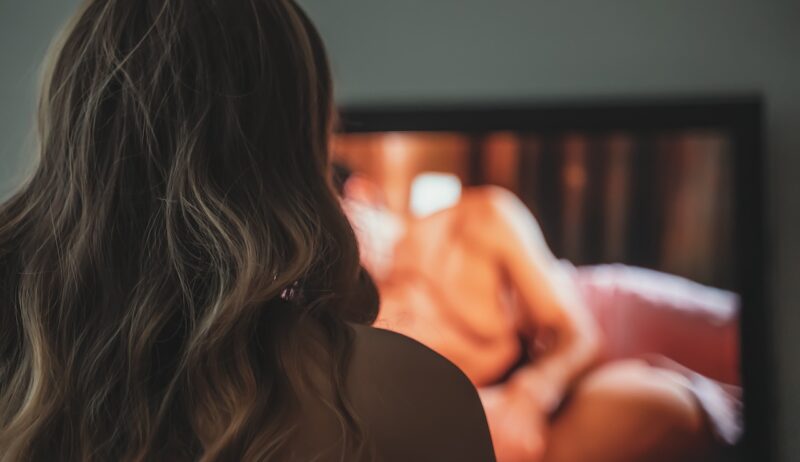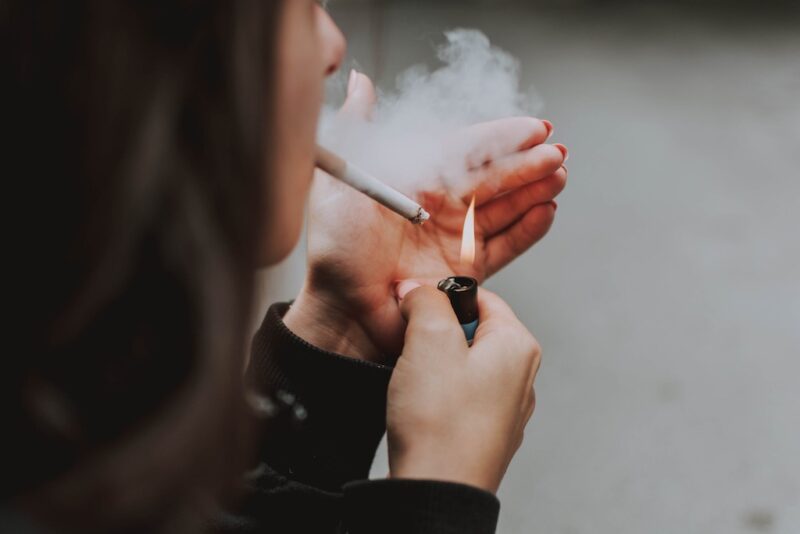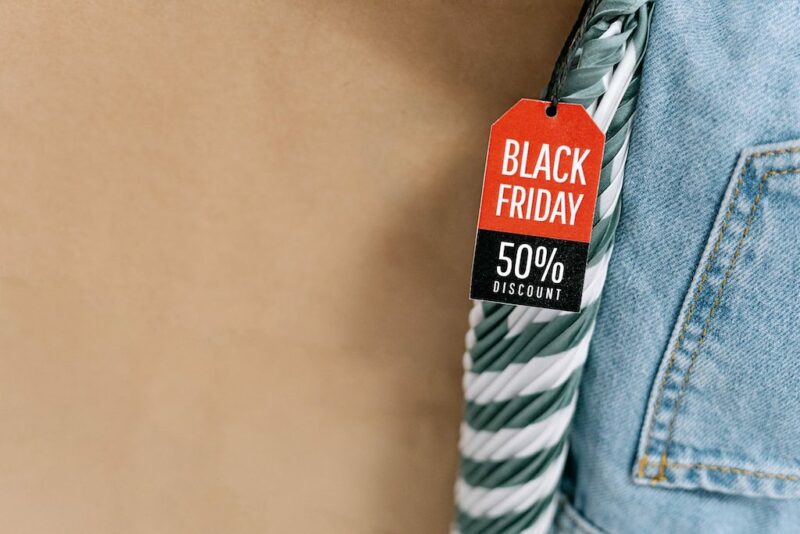I realized I was spending hours on TikTok and YouTube every day. Whether commuting, waiting in line, or taking restroom breaks, I was constantly scrolling and watching. It’s draining my energy. I started to look and feel exhausted. In a bid to change, I deleted these apps, but they quickly found their way back onto my phone.
Does this resonate with you? Fear not. This article delves into why these platforms are so addictive, the potential repercussions, and provides guidance on how to regain control.
7 Reasons Why TikTok/YouTube Are So Addictive
There are several reasons people can’t stop watching:
- Algorithm-driven: These platforms use recommendation algorithms that feed users content tailored to their interests, keeping them immersed.
- Engaging Content: Many videos are incredibly eye-catching, sparking our curiosity and making us want to watch more.
- Reward System: Watching, liking, commenting, and sharing can give immediate feedback and a sense of reward, motivating continued viewing.
- A Quick Escape: Watching videos offers a brief respite from daily stresses and responsibilities, giving a moment of relaxation and pleasure.
- Social Connection: Sharing and commenting on videos helps people feel connected to others, fulfilling a social need.
- Learning and Growth: Some use these platforms to learn new skills or gain knowledge, as videos can be an intuitive way to learn.
- Staying Trendy: When everyone’s talking about a viral video or challenge, many don’t want to miss out.

We watch these videos because they meet different emotional and social needs, like having fun, learning, connecting with others, and taking a break from reality. That all sounds great — until it becomes an addiction.
8 Downsides of TikTok/YouTube Addiction
Being addicted to TikTok, YouTube, or other social media platforms can lead to:
- Poor Time Management: Addicts might spend excessive hours on these platforms, affecting work, studies, and daily routines.
- Reduced Productivity: Easily getting distracted during work or study times.
- Health Issues: Staring at screens too much can cause vision problems, neck and back pain. Sitting for prolonged periods can also lead to obesity, cardiovascular diseases, and more.
- Sleep Disturbances: Using gadgets excessively at night might lead to insomnia or poor sleep quality due to the screen’s blue light affecting melatonin production.
- Mental Health Issues: Continuous use can result in anxiety, depression, and self-esteem issues. Comparing oneself to others and the FOMO (Fear of Missing Out) can be contributing factors.
- Social Isolation: Excessive use can reduce interactions with friends and family in real life, leading to a decrease in genuine social activities.
- Real-life Conflicts: Immersing too much in the virtual world can lead to tensions in relationships with family and friends.
- Unnecessary Spending: Being easily swayed by ads might lead to impulse purchases.

13 Strategies to Break Free from TikTok/YouTube Addiction
To reduce dependence or even addiction to TikTok, YouTube, or other social media platforms, consider the following strategies:
- Acknowledge the Issue: Recognize the negative impacts of excessive social media usage, such as wasted time and anxiety. This realization can motivate change.
- Evaluate Content Regularly: Periodically assess and declutter the channels and accounts you follow. Stick to content that truly adds value to your life.
- Set Clear Goals: Set specific targets, like “I want to cut down my usage by 30 minutes daily,” and track your progress.
- Time Limitations: Limit your daily usage of these platforms, for instance, no more than 1 hour a day. Some phones or apps offer screen time analytics, helping you monitor your usage.
- Use App Restrictions: Utilize “Digital Wellbeing” or similar features on your phone to restrict the usage time of specific apps.
- Designate Usage Windows: Limit your platform checks to specific times, like from 4 pm to 5 pm daily.
- Disable Notifications: Turn off push notifications for TikTok, YouTube, and other social media to reduce disturbances and temptations.
- Physical Separation: During certain times, like before bedtime, leave your phone in another room to curb the urge to use it.
- Digital Detox: Consider short-term “digital detoxes” or “digital fasting” where you temporarily reduce or abstain from digital devices and social media.
- Go for Deletion: Delete TikTok/YouTube.
- Downgrade Your Device: Switch to a basic, non-smartphone.
- Offline Activities: Engage in more offline activities such as reading physical books, outdoor activities, or face-to-face interactions with family and friends to cut down on screen time.
- Social Support: Share your resolution with family and friends. Their support and encouragement can help you stay committed.
Ironically, there are videos teaching you how to break free from these addictive videos, like this one below!
With these strategies, you can use TikTok, YouTube, and other social media platforms more mindfully, striking a balance between online and offline life for a healthier lifestyle. If all else fails, it might be time to seek professional help from a psychologist or addiction specialist.
Disclosure: We are an Amazon Associate. Some links on this website are affiliate links, which means we may earn a commission or receive a referral fee when you sign up or make a purchase through those links.












Leave a Reply